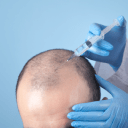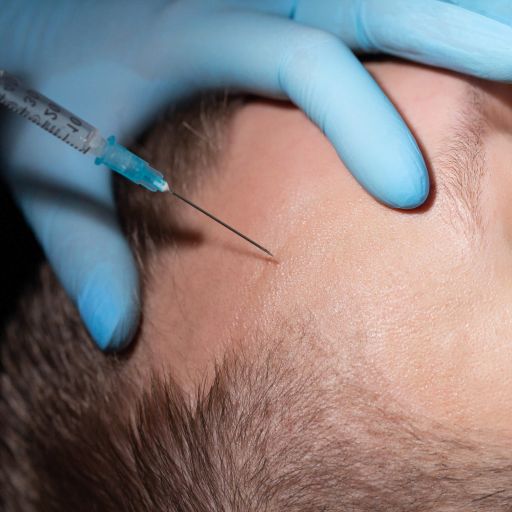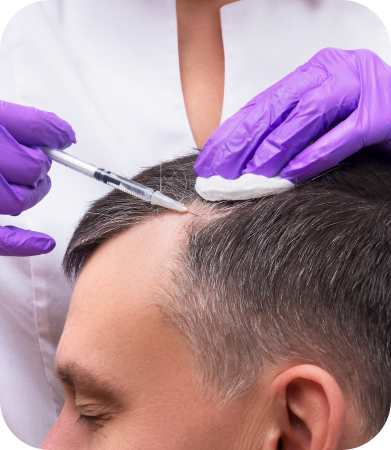Is PRP Effective at Regrowing Hair?
PRP therapy has been used since the 1980s. PRP therapy can be used for other problems, such as healing damaged tendons and sprained joints, and it can also be used to help with hair loss treatments.
Currently, there is not enough research on PRP for hair loss, and the results are not conclusive. PRP is a kind of treatment that might make your hair grow better, but it doesn’t always work. The research says that when you have better blood flow in your body, you will be healthier and stronger. Blood moves oxygen to our organs.
One hypothesis claims that the growth factors in the blood platelets contribute to hair regrowth. These growth factors include platelet-derived growth factor (PDGF), transforming growth factor (TGF), vascular endothelial growth factor (VEGF), insulin-like growth factor (IGF), epidermal growth factor (EGF) and interleukin(IL)-1.
Thus, treatments in areas where hair is thinning could help the shrinking follicles produce hair more efficiently. But increased blood flow would also be helpful. More research is needed to find out if these treatments are helpful on their own.
In 2014, a group of people with hair loss tried PRP. Participants were given a small amount of PRP two times over four weeks. People’s hair loss slowed down between the first and fourth time they tried PRP. The conclusion is that PRP injection may be an easy, inexpensive, and logical treatment for hair loss.
This pilot study offers hope for those who would like to try PRP for hair loss. More research is needed before it can be proven as an effective stand-alone treatment. But, there will need to be more clinical trials with a larger group of participants before that happens.
While PRP is still debatable as the best way to grow hair back, it has been shown to work well for treating wounds. Therefore, we always use PRP in combination with FUE.
After a person’s hair follicles are taken from their scalp, their own PRP is injected back into the scalp to make it heal faster. This makes people feel better after surgery because they don’t have to wait as long for it to heal.
If you have a hair transplant, you will need to take care of it after the surgery. If you follow the instructions, such as spraying your scalp with water and letting it air dry, not washing or brushing your hair for the first week, and refraining from dyeing your hair for at least one month after the procedure, then both the donor site and transplant site will heal properly.
FUE hair transplants are best for people who want to have a fast recovery time. PRP treatments help with the healing process so you can get back to your life faster.


